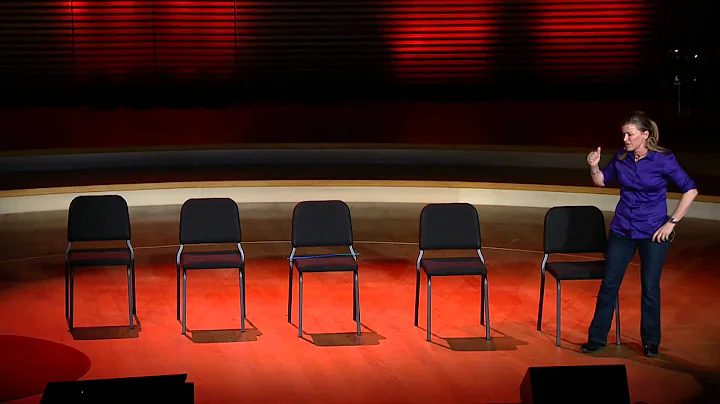
Get up early in the morning, it is late autumn, and there is a clear smell among the plants and trees in Nara Park , which is slightly cold and does not touch the body.
walks through the Hallao of Kasuga Dasha . Tourists are missing, only the owners here who have been here all year round, Lu Jun, pace leisurely. The deer is regarded as the patron saint of Kasuga Dashu. The deer that walks freely is intertwined with the vermilion wooden buildings and more than three thousand stone lanterns, making them suitable for both movement and stillness. It also seems that the time that has stood in 710 AD has never slipped away, and the years are still as calm as usual. We who are visiting are nothing but the dust passers-by that are worth mentioning.

From Kasugatada Sutra-Yetsudo and Hachimangu Shrine to the back of Todaiji , the autumn sun gradually rose, and the golden chubby of the Great Buddha Hall was sprinkled among the red and yellow trees. The originally slight cold air suddenly dissipated.


Walked around from the quiet back to the main entrance, and there was a noise coming from afar, and the students on the autumn outing rushed in groups.

did not stop, so I searched for the way to Ruocaoshan. There is no Du Ruo or Ruo Tree on the mountain, and "Ruocao" does not come from the Zen feeling of life Ruocao. "Ruocao" means "tender grass" in Japanese. The grass all has its prosperity and wither, let alone in the Japanese context of loving cherry blossoms , how could the grass always be green and tender?

Ruocao Mountain is only 350 meters high, and the mountaineering plank road is very slow and you can easily climb up the stairs. There are three slopes in the mountain, and the slope is called "update the eye". As soon as you reach the second level, Nara has already seen it. Looking down to the foot of the mountain, there are a series of grass that has faded the sky. Among the declining grass, the deer is walking or standing, calling out, or lying down and gnawing down quietly, or looking up at the clouds.

There are deer walking on the red leaves and swimming alone in the deep mountains. Yoyo keeps crying, the saddest autumn is now.
In the Japanese classical peace song "One Hundred People in Okura" more than a thousand years ago, the medieval song Doctor Maru Maru likes to use "red leaves" as the image to express emotions. The falling red leaves are floating in the traditional Japanese aesthetics of " things and ", and feel the compassion of nature's seasonal change.

Ruoka Mountain holds the fourth Saturday of January every year "Rukaokaoyao". Some say it is to divide the boundaries covered by Todaji, Xingfukuji and Kasuga Daishe because of the wild grass; some say it is to ward off evil spirits and monsters, and it is to conquer evil spirits in the ancient tomb of the Onozuka on the Mieme; some say it is to burn wildfires and grow again, and it is to provide the best forage for the deer in the coming year. I would be the last one. It is more in line with the original meaning of "Ruocaoshan".

It is said that the ritual team consisted of Yaledo Le, Monk Soldier , Nara-cho , Performing the Servant, Kinfengshan Temple Faro, and clergy from Todaji, Xingfukuji and Kasuga Daishe that day, first carried out Matsumi ignition at Mizutani Shrine, and the neon lights in Nara City will be extinguished. At six o'clock at dusk, with the accompaniment of music, 600 fireworks will bloom in the night sky. The team sent the holy fire to Nokami Shrine at the foot of . The fire was lit, and prayer and chanting were endless. The hillside was crowded with people, and tens of thousands of people cheered. The 33 hectares of fire candles shine on the night sky, offering sacrifices to heaven and earth, and also to our own fragile souls.

Looking up at the sky, he was shining on the edge of Nara; on the top of Mikasa Mountain, I thought that the moon was full again.
This is the most famous poem of the Tang Dynasty sentencing Chao Heng in history. His original name is Abe Nakamaro, a native of Nara. He was friendly to Li Bai and Wang Wei . He also accompanied Xuanzong to take refuge in the Anshi rebellion . He eventually failed to return to Japan and was buried in Chang'an. The Mikasa Mountain mentioned in the poem is also called Rukasa Mountain. When writing this poem, I wonder if he remembered the sacred flames when Ruocao burned the mountain...











